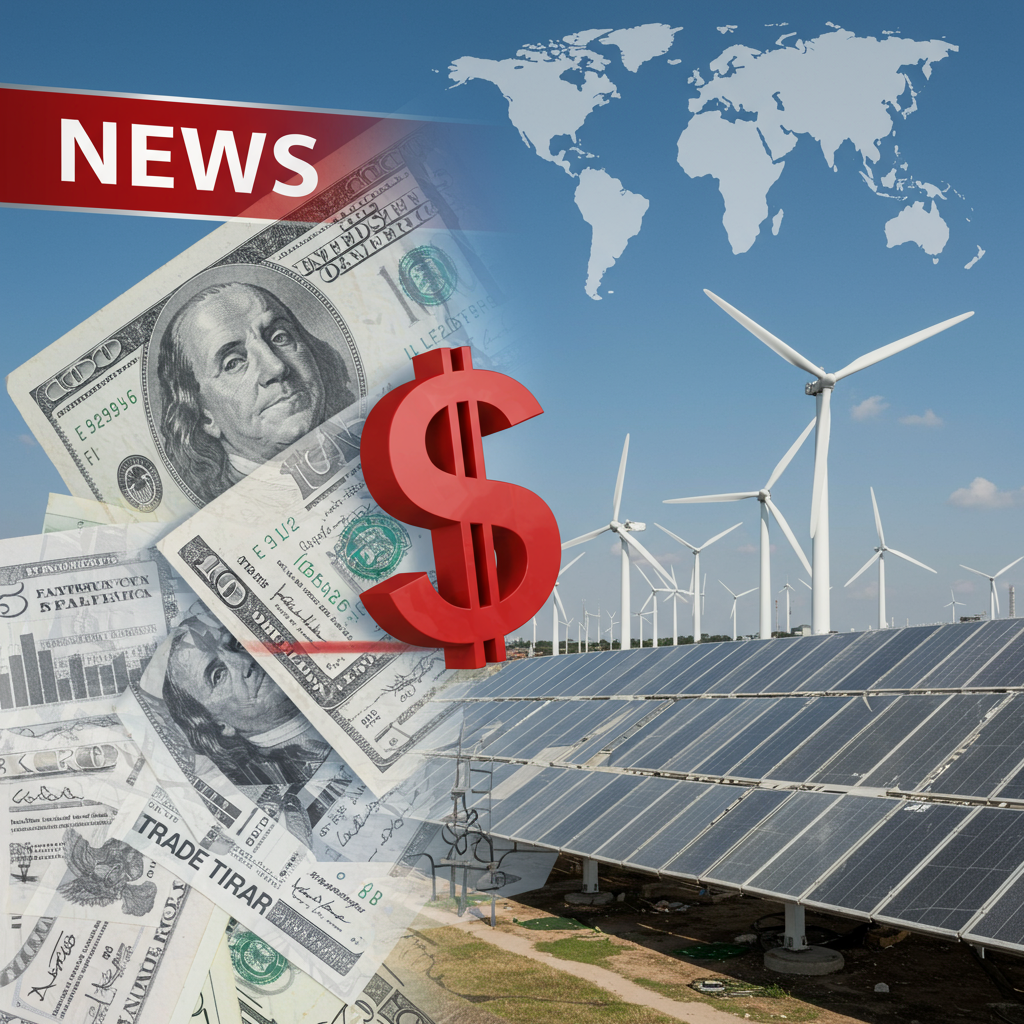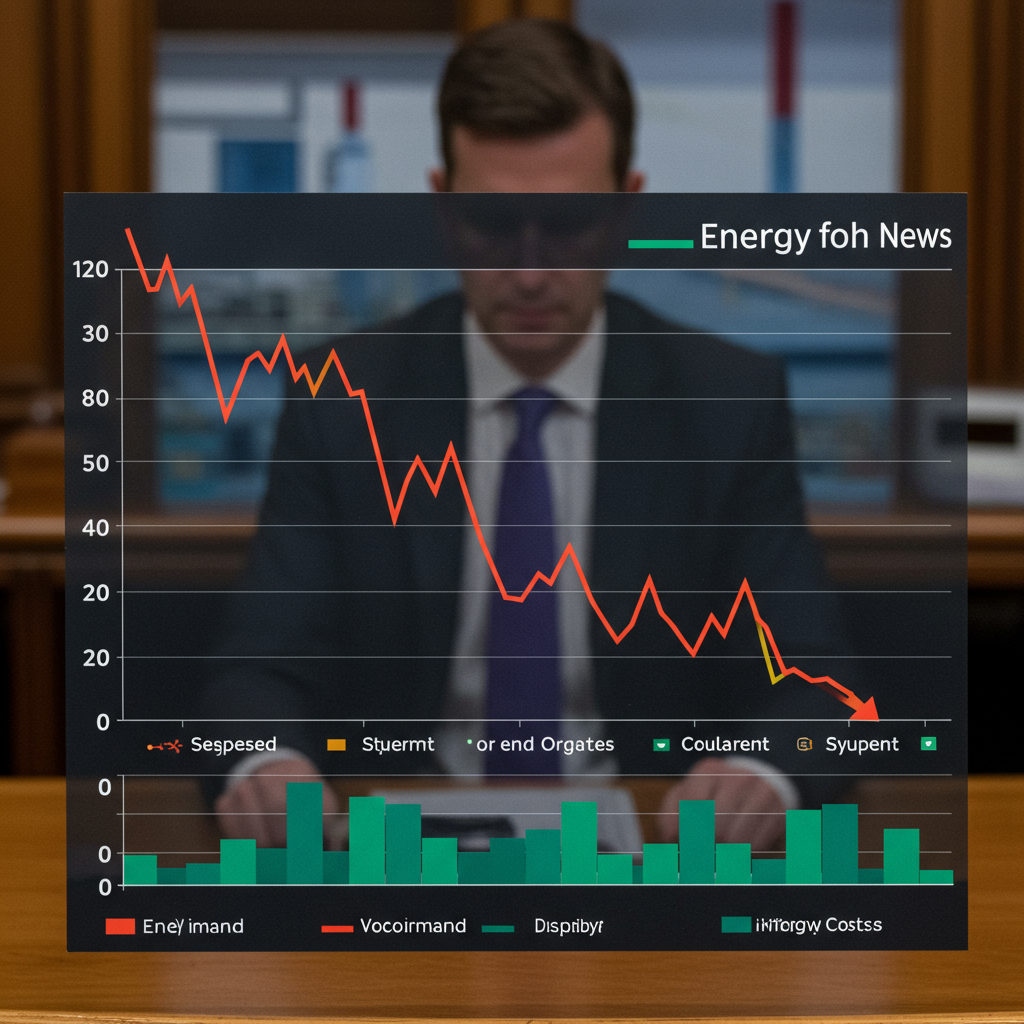Welcome to our essential briefing, unpacking critical global and domestic developments around early July 2025. The U.S. dollar has experienced a dramatic slide, signaling shifting global perceptions of American policy. Simultaneously, major trade negotiations intensify under the shadow of looming tariffs. We also examine China’s accelerating pivot in the global clean energy race. Domestically, the U.S. Senate grapples with complex budget legislation, while executive actions reshape foreign policy through changes to Syria sanctions. Understanding these interconnected events is vital for grasping the current global landscape.
The Dramatic Weakening of the U.S. Dollar
The U.S. dollar began 2025 on a sharply negative trajectory. Over the initial six months of the year, it depreciated more than 10 percent against the currencies of America’s primary trading partners. This downturn marks the dollar’s weakest start to a calendar year since 1973. Such a significant decline reflects underlying pressures impacting confidence in the U.S. financial standing globally.
Multiple factors appear to contribute to this erosion of confidence. President Trump’s assertive proposals for tariffs and his more isolationist foreign policy stance are significant drivers. These policies create uncertainty in global trade relationships. Additionally, rising inflation within the U.S. economy and increasing government debt levels add further pressure. These combined elements suggest a perception of the U.S. potentially stepping back from its long-held central role in the global financial system. Even as some of President Trump’s rhetoric has softened and U.S. stock and bond markets recovered early losses, the dollar’s slide persisted, indicating deeper structural concerns or market reactions.
According to Steve Englander, a global head of G10 foreign exchange research, the focus shouldn’t just be on the dollar’s strength or weakness. He notes that the currency’s movement serves as a barometer. It reveals how the international community views and reacts to a nation’s economic and foreign policies. A sliding dollar, in this context, may indicate international investors and partners are expressing caution regarding the future direction of U.S. policy.
Implications of a Declining Dollar
A weaker dollar impacts various facets of the economy. It can make U.S. exports cheaper for foreign buyers, potentially boosting American industries. However, it also makes imports more expensive for U.S. consumers and businesses. This can contribute to inflationary pressures domestically. For investors, currency fluctuations add another layer of complexity to international investments. The sustained nature of this dollar decline suggests markets foresee these policy-related pressures continuing for some time.
Global Trade Tensions Escalate Ahead of Tariff Deadlines
Trade policy remains a central point of global tension. President Trump had announced that new tariffs would take effect on July 9. This deadline prompted a flurry of diplomatic activity. Countries scrambled to negotiate potential trade deals to mitigate the impact of these proposed duties.
However, these negotiations have faced significant headwinds. Threats of additional tariffs from the U.S. side have complicated talks. These threats create an environment of unpredictability, making long-term trade agreements difficult to finalize. The uncertainty hinders businesses and supply chains that rely on stable international trade environments.
Regional efforts to counter potential disruption are also underway. Canada, for instance, announced it would eliminate internal trade barriers starting July 1. This move aims to facilitate trade within Canada. Economists, however, largely agree this domestic action cannot fully compensate for potential lost trade volume with the United States. The U.S. remains Canada’s largest trading partner.
High-stakes negotiations are also unfolding between the U.S. and the European Union. Negotiators from both sides are reportedly working frantically to strike a trade deal before the July 9 tariff deadline. Given the complexity and tight timeline, expectations are tempered. It’s possible negotiators may only manage to produce a rough outline or framework agreement by the deadline. A comprehensive deal resolving all outstanding issues seems unlikely under such pressure.
China Leads the Global Clean Energy Transition
While trade and currency dominate headlines, a profound shift is occurring in global energy markets. China is rapidly positioning itself as a leader in the race to power the future. Although China currently remains the world’s largest emitter of climate pollutants – its emissions exceed those of the U.S. and Europe combined – its investment and deployment in clean energy technologies are accelerating dramatically.
China is pivoting to cleaner power sources at breakneck speed. This includes massive investments in solar, wind, and battery technology. This strategic focus aims to dominate the burgeoning global market for renewable energy. It also addresses pressing domestic environmental concerns. This rapid transition highlights a global paradox: the largest emitter is also becoming the largest player in future clean energy solutions. This dual role has significant implications for global climate efforts and technological competition.
The Future of Energy Competition
The speed of China’s clean energy pivot challenges traditional energy superpowers. Their push into areas like solar panel manufacturing and electric vehicle technology is reshaping global supply chains. It also presents potential new dependencies for countries seeking to decarbonize their economies. This race is not just about climate goals; it’s also a competition for economic dominance in 21st-century industries. The scale of China’s investment suggests they aim to secure a dominant position.
Navigating Complex Domestic Legislation
Meanwhile, significant legislative maneuvers are unfolding within the United States. The U.S. Senate is currently engaged in the complex process of considering a major budget measure. This sprawling piece of legislation, colloquially referred to as the “One Big Beautiful Bill,” reportedly spans nearly 1,000 pages. Such extensive bills often consolidate various spending priorities, policy changes, and appropriations into a single package.
The Senate’s consideration is taking place in a special procedural session known as a “vote-a-rama.” This process allows Senators to propose and vote on a large number of amendments to the base bill over an extended period. It is a mechanism often used for budget resolutions or other comprehensive legislative packages, allowing parties to force votes on politically charged issues.
Republican senators are reportedly aiming to pass this significant legislation before the upcoming July 4th holiday. This tight timeline adds pressure to the intricate voting process. Political maneuvering is critical. In the closely divided Senate, Republicans could only afford to lose a limited number of votes from their own party to secure passage. As of recent reports, they appeared to have already lost the support of two legislators. This puts the bill’s passage on a knife’s edge, requiring nearly unanimous party support to succeed. The outcome of this legislative battle will have significant implications for federal spending and policy across numerous sectors.
Executive Action Reshapes Syria Sanctions
In a significant foreign policy move, President Trump has taken action regarding sanctions against Syria. An executive order has been signed that lifts most of the existing sanctions on the country. This action follows a prior announcement made by President Trump in May indicating his intention to roll back these measures.
Previously, a 180-day waiver had been issued. This temporary measure allowed certain business transactions to occur with the Syrian government. The new executive order appears to make this lifting of most sanctions more permanent or comprehensive, signalling a shift in the U.S. approach to the Syrian regime.
However, the executive order does not represent a complete normalization or lifting of all restrictions. Sanctions specifically targeting Bashar al-Assad remain in place. Furthermore, measures aimed at individuals or entities providing support to Syria’s armed forces will also continue. Critically, the executive order explicitly states that these specific, targeted sanctions – those on Assad and those related to supporting the armed forces – cannot be lifted solely through executive action. Any removal of these particular sanctions would require action taken by the United States Congress. This indicates a continued, albeit narrowed, set of pressures the U.S. intends to maintain on the Syrian government and its military apparatus. The implications of lifting most sanctions, while maintaining specific ones, are complex for humanitarian aid, reconstruction, and diplomatic engagement with Syria.
Frequently Asked Questions
What is causing the U.S. dollar to weaken against other currencies?
The U.S. dollar’s significant weakening in early 2025 is attributed to several factors. These include President Trump’s protectionist trade policies like proposed tariffs, an overall isolationist foreign policy approach, domestic inflation, and rising government debt. These elements combine to reduce international confidence in the U.S. financial position and policies, causing investors and partners to shift away from the dollar as noted by financial analysts.
Which US trade policies are causing global tension?
President Trump’s threats to implement new tariffs, notably those set for July 9, are the primary source of current global trade tension. These threats are complicating trade negotiations with major partners like the European Union and prompting countries like Canada to implement domestic trade measures. The unpredictable nature of these tariff threats is hindering efforts to secure stable international trade agreements.
What sanctions remain on Syria after the recent executive order?
Following the executive order lifting most sanctions, specific targeted sanctions on Syria still remain active. These include sanctions directly targeting Bashar al-Assad. Additionally, measures against anyone providing material support to Syria’s armed forces continue. The executive order explicitly states that only the U.S. Congress can lift these remaining specific sanctions.
Conclusion
Around early July 2025, the global stage presents a complex picture of interconnected economic and political shifts. The weakening U.S. dollar underscores international reactions to American policy. Looming trade deadlines amplify global uncertainty. China’s rapid clean energy advancements highlight critical future economic and environmental dynamics. Meanwhile, the U.S. navigates significant domestic legislative hurdles and recalibrates key foreign policy stances through executive actions like the Syria sanctions adjustments. These events collectively signal a period of substantial transition in global economics, trade, energy, and geopolitics, demanding careful attention from policymakers, markets, and citizens alike.
Word Count Check: 1135 words



